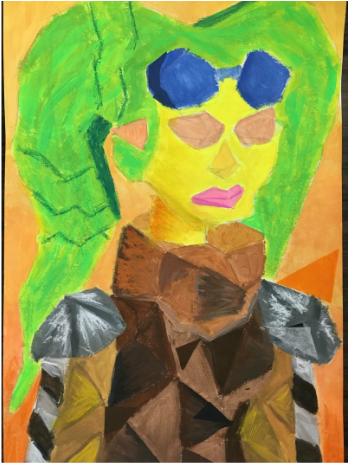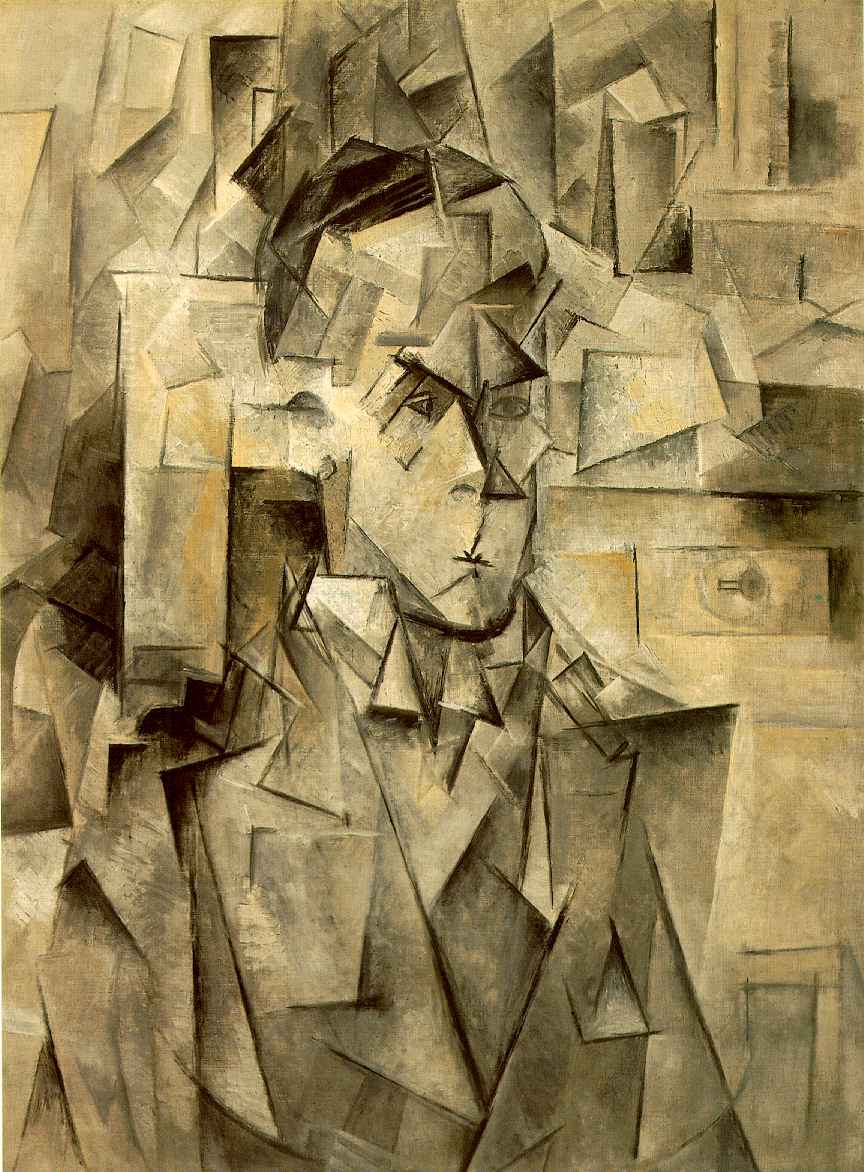

Pablo Picasso and Georges Braque worked closely together in developing this new art form.Popular subjects for Cubism included musical instruments, people, bottles, glasses, and playing cards.Picasso also worked on Cubist sculpture including his sculpture Head of a Woman.In this way Cubism eventually helped to spawn the Abstract Art movement.


Listen to a recorded reading of this page.Take a ten question quiz about this page. Would you like to support 3 minutos de arte? Our project.Your browser does not support the audio element.The schematic rendering of figures, appearances and space of an appropriate sort, carried to the required degree, allows seemingly endless variations, for which no systematic classification has yet been devised. You can also find more material using the search engine. Picasso and the Portraits of Marie-Thérèse.
SYNTHETIC CUBISM VS ANALYTICAL CUBISM SERIES
The Series of Picasso that Continues the Guernica. Synthetic Cubism.įundamental Paintings to Understand the History of Painting: Les Demoiselles d’Avignon, Picasso.įundamental Paintings to Understand the History of Painting: Mont Saint-Victoire, Cézanne. In the East, the technique was already being used about two thousand years ago. In addition to oil, in many paintings of Synthetic Cubism, we can see pieces of newspapers, music scores, cloth or wood.In the second stage instead, more colors are used. Analytical Cubism is not “distracted” from its purpose of decomposing figures to reassembly them and uses one color or very few dark, dull colors with greys and ochre. It is simpler and as the represented figures can be distinguished, we can say it is “more figurative.” Instead, in Synthetic Cubism, the artist only decomposes the figures in its most representative parts. For example the front and side of a face can be seen at the same time. A fundamental difference between Analytical and Synthetic Cubism is that the first one “dismantles” each figure (to the point that sometimes what the artist has represented is not understood) to reorder it from multiple perspectives.For example, Cubists of the Puteaux Group and the Futurist and Vibrationist artists. And afterwards, other artists added vitality and dynamism to their compositions. Some people call this stage “Proto-Cubism.”. We should consider what was before: the anticipation of Cézanne, who inspired everything by simplifying, geometrizing and using different points of view at the same time. Cubism has two stages: Analytic Cubism evolved into Synthetic Cubism.It proposes representing the image by “flattening” it on the canvas, and then “dismantling” it in its different components, which are simplified and geometrized, and can be seen from different points of view at the same time. Cubism is the movement of Picasso and Braque (the starting point, les Demoiselles d’Avignon, by Picasso, is from 1907).How is 3 minutos de arte supported?įundamental Differences between Analytic and Synthetic Cubism We could make this publication thanks to small donations. Artistic Movements, Periods and Styles in 5 Points


 0 kommentar(er)
0 kommentar(er)
